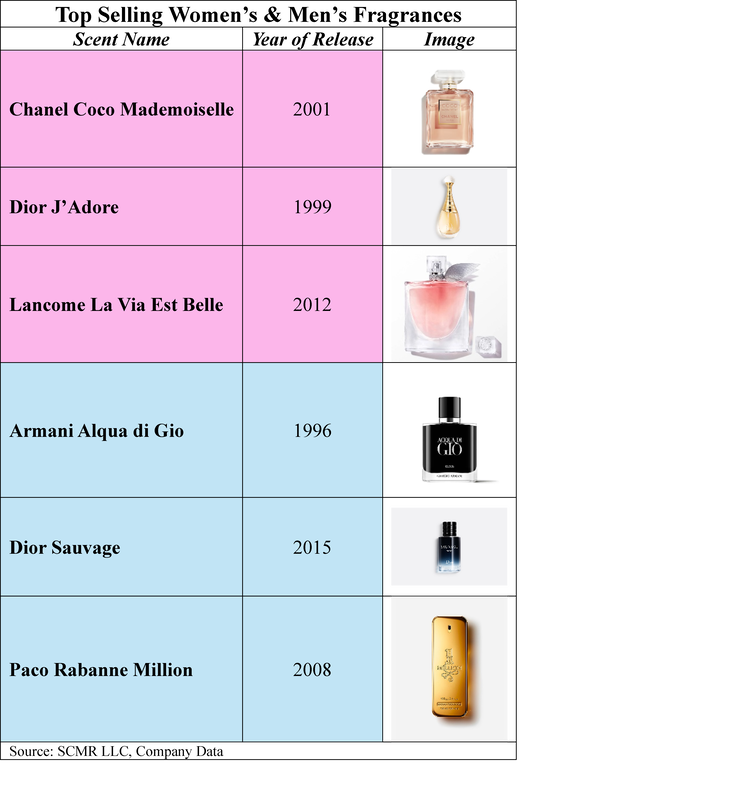The Nose Knows
[1] Sources: Estee Lauder, VMR.com, CB Insights
There is software that can help perfumers, even AI based software like Philyra, developed by Symrise (SY1.XE) and IBM (IBM) and released in 2018. The software contains a database of 3.5m legacy formulas and 2,000 raw materials, and, according to the company “…is able to guide perfumers towards exciting and surprising solutions, explore new combinations and materials without human bias, and help perfumers update and improve upon iconic fragrances.” In particular, Philyra helps perfumers to work toward using sustainable materials in their development.
While software platforms like this help the scent development process, it is a long and arduous process that takes many months or years until the right combination of scent and materials is reached. Even with software providing assistance to perfumers and the expertise of a professional and experienced ‘nose’ (1st tier perfumers can make over $400K/year) commercial success is certainly not guaranteed and the cost of development, materials, and advertising can be quite financially burdensome, even for a large company.
But fear not perfumers, as a group of Japanese scientists have taken the idea of AI scent development further and created a Generative Diffusion Network for creating scents. This new model uses mass spectrometry data from 166 essential oils to isolate 9 ‘odor descriptors’ that can be used to form scent combinations which are then tested for accuracy in a double-blind (human) process where participants had to match the AI aroma with the appropriate descriptors.
To illustrate: “As an illustration of the procedure, for the first sample of the sensory test two odor descriptors, Wood and Spicy, were selected. A random 201-dimensional vector of Gaussian noise was chosen as the seed for the OGDiffusion network. The network was then run in inference mode, generating a mass spectrum as the output. This mass spectrum was subsequently analyzed using non-negative matrix factorization to identify the essential oils required for the mixture. The analysis determined the following essential oils and proportions: Cypress (0.10), Angelica root (0.07), Cuminum cyminum (0.05), and Trachyspermum ammi (0.78). The specified amounts of each essential oil were pipetted into 5 mL vials and diluted with alcohol at a 2:1 ratio. The resulting mixtures were prepared for sensory evaluation in odor vials. Table S1 shows the essential oil recipes used in all sensory experiments.”
So, will those wishing to become perfumers or scent specialists be out of a job? In some ways the answer is yes, as there will be less need for the trial and error development system used today and that means less learning situations for those coming up in the industry, but again humans are essential, even in this automated scenario, as there must be someone who can test the combinations created by the AI, even if they were created without human assistance. Without a ‘nose’ to smell the combinations there is no subjective point to attach to the scent. So, in this case, such an AI system will reduce the amount of work associated with the development of scents but will still require a high-quality professional to make sure that the scent is a pleasant or exciting as expected. The nose knows.



 RSS Feed
RSS Feed